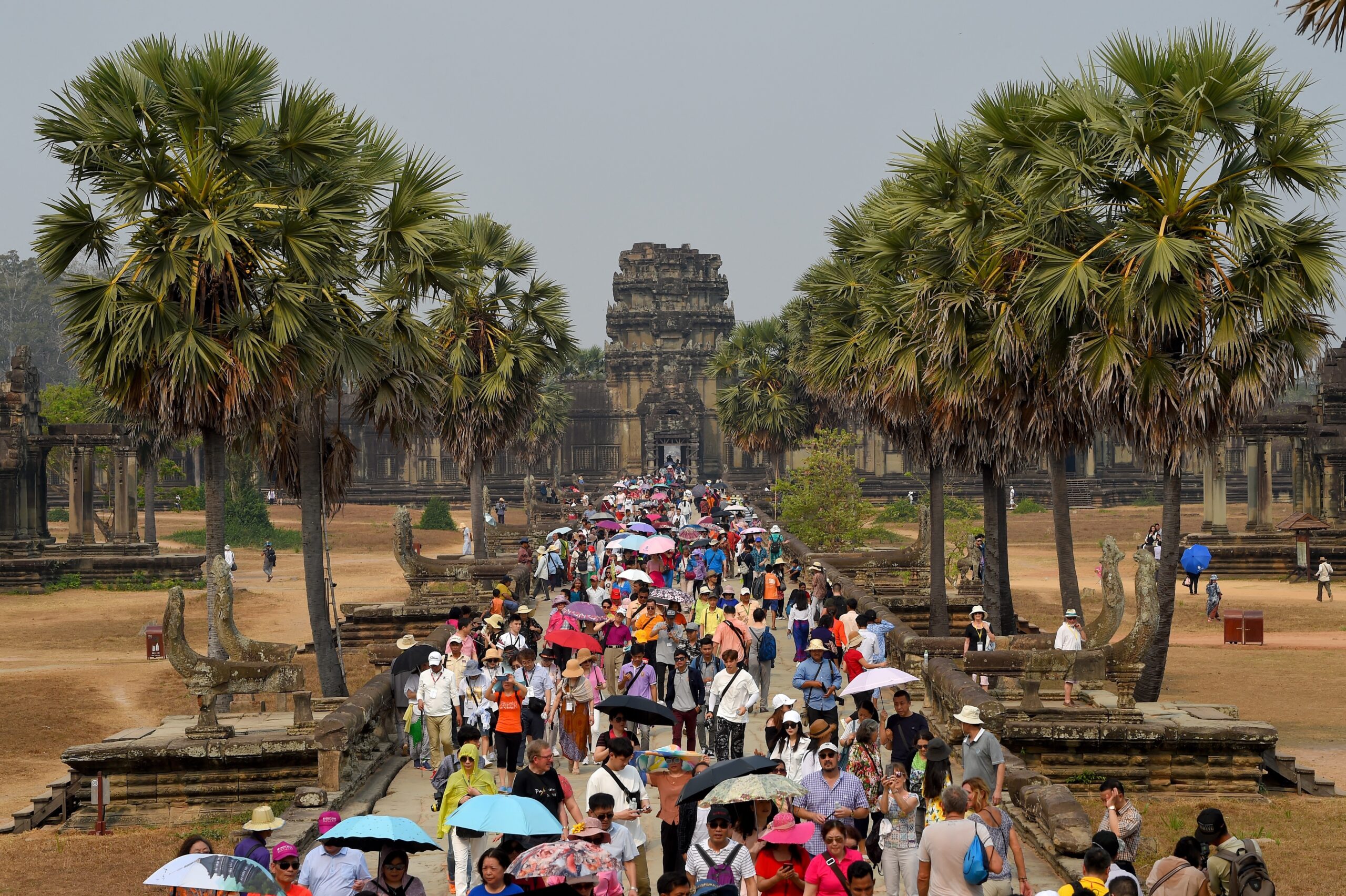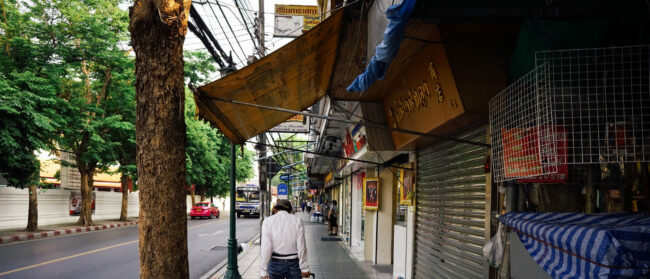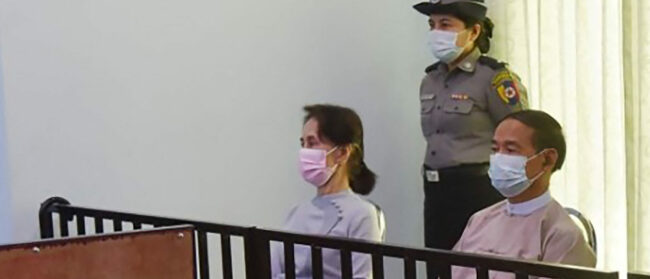From the wonders of ancient ruins to remarkable natural attractions, Siem Reap is equipped with some of the best ingredients to be a successful tourist destination. Combine those with a favourable tourism policy and a tourist-friendly community, it is not surprising that the province was one of the most visited destinations in Cambodia before the pandemic.
In an ordinary year, Cambodians and foreigners alike would flock to the city for the Khmer New Year celebration. In 2019 the province welcomed more than 370,000 tourists during the holiday alone. But as the pandemic closed borders to weather the health impact of the crisis, Cambodia’s tourism industry has all but collapsed.
The statistics highlighting this decline are increasingly stark, and the Khmer New Year rush of business is a distant memory for now. The province and its main city became some of the clearest economic victims of the Covid-19 pandemic, with foreign and domestic visitors declining by 77% and 25% respectively in 2020. The number of visitors to the province plunged to just about 45,000 in the whole of 2020, leaving the main tourist centres a hollowed shell of their former selves.
In response to this sharp fall, the Cambodian government has rolled out some relief efforts, including tax exemptions for businesses, while members of the private sector has also taken steps to promote their local tourism industry through initiatives such as the #AngkorLikeNeverBefore campaign of the Cambodia Hotel Association. Still, such efforts can only be a small countering influence to the crushing weight of a global recession.
Nonetheless the government seems to have a positive outlook for the future of Siem Reap and is already preparing to welcome both domestic and international travellers, with Siem Reap at the centre of the plan.
On April 1, Prime Minister Hun Sen approved the National Tourism Roadmap 2021-2025 and Siem Reap Tourism Development Masterplan 2020-2035. The Ministry of Tourism said in a press release that Siem Reap could welcome 10.9 million domestic tourists by 2023 and 7.5 million international tourists by 2025, leading to 940,000 jobs created and generating an additional $6 billion. These numbers are a drastic increase from the 2 million and 2.2 million domestic and foreign travellers visiting Siem Reap Angkor in 2019.
But alongside the ambitious goals and rosy forecasts are concerns about the future of Cambodia’s tourism model that is increasingly centred around prioritising the quantity of tourists over everything else. Despite its challenges, the ongoing crisis thus provides an opportunity to reimagine how tourism functions as a key pillar of the Cambodian economy. In a post-pandemic world, is Siem Reap going to stick with the status quo, or could the city use a period of rebuilding as an opportunity to reframe Siem Reap’s appeal.
This begs the question, is Siem Reap’s tourism still going to follow a “quantity over quality” model, or would a more quality-focused strategy better serve Cambodia, its heritage and its people?
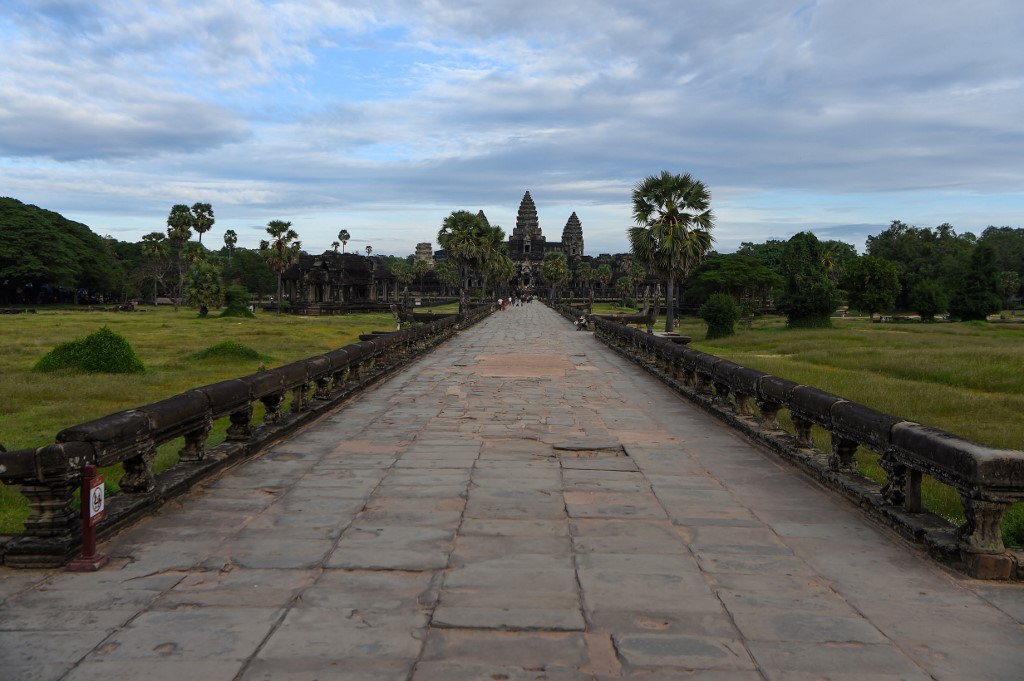
The number of foreign tourists visiting the province was already declining before the pandemic, with visitors to the Angkor Archaeological Park dropping 15% in 2019. Khieu Thy, president of Khmer Angkor Tour Guide Association, was quoted in October 2019 as saying the decline could be explained by hot weather, social disorder and pro-Chinese tourism policies. Hence, industry leaders advised to diversify away from Angkor Wat and reduce dependency on Chinese tourists, who make up a major segment within Cambodia’s current mass-tourism model.
Historically, tourism has been one of the industries that has allowed developing countries like Cambodia to gain access to foreign currencies, attract foreign investment, and create jobs. In 2019, for example, the Kingdom received greater than $4.9 billion from international tourism receipts, and the sector also employed approximately 2.3 million people as of March 2020.
Nonetheless, the relationship between tourism and economic development is still contested and inconclusive. Economic leakage, a situation where revenues generated by tourism-related activities are exported out of the host country rather than being invested back in the local community, is often raised as a major issue with tourism. A World Bank report in 2018 found that 40 cents of every dollar that a foreigner spent in Cambodia went to foreign companies due to the underdevelopment in tourism and local supply chains, as well as the lack of diversification in the economy.
A study conducted on the tourism boom in Cambodia also found that the rapid increase in tourism revenue did not necessarily fall into the hands of the local community due to the lack of technical know-how that restrains residents from getting higher-paid work, tour packages that do not encourage travellers to buy from locals, and competition with imports and foreign investors.
Furthermore, tourism is a single-use infrastructure. While the facilities can be used during peak seasons, they are almost unusable when there are no visitors as evident during the pandemic. Some hotels have been turned into quarantine centres and even hospitals for Covid-19 patients in major hotspots in Cambodia, but the majority of hotels and guesthouses are not in operation.
Tourism is often touted for its potential to serve as a platform for countries to showcase their culture and identity. Less discussed are the ways a tourism boom can also threaten local customs. One study, for example, assessed the narratives provided by tourist guidebook Lonely Planet and found that publications about Angkor and Siem Reap generally include inauthentic manufactured descriptions that exclude local perspectives on the destination.
The promotion of dark tourism or genocide tourism also raises questions about educational value. Destinations marked by tragedy, such as the Toul Sleng Genocide Museum and Choeung Ek Memorial, are welcoming domestic and foreign tourists to “educate” themselves about the gruesome genocide in Cambodia. However, critics point to indifferent tourists walking on graves and snapping selfies with skulls of victims on display. These incidents beg the question, what is the impact of reducing heritage and history to products sold to foreigners?
Environmentally, the tourism industry is also a notorious polluter. In Siem Reap, the pressure to increase the water supply to meet the growing demands from tourists caused locals to pump underground water, which is destabilising the foundation of Angkor Wat. The province’s inadequate capacity to manage waste has also led guesthouses, hotels, and restaurants to release wastewater that polluted the Siem Reap River in 2019, causing health and environmental hazards.
Could an alternative model for the Cambodian tourism industry, one that does not choose quantity over quality, be a remedy for some of these ills?
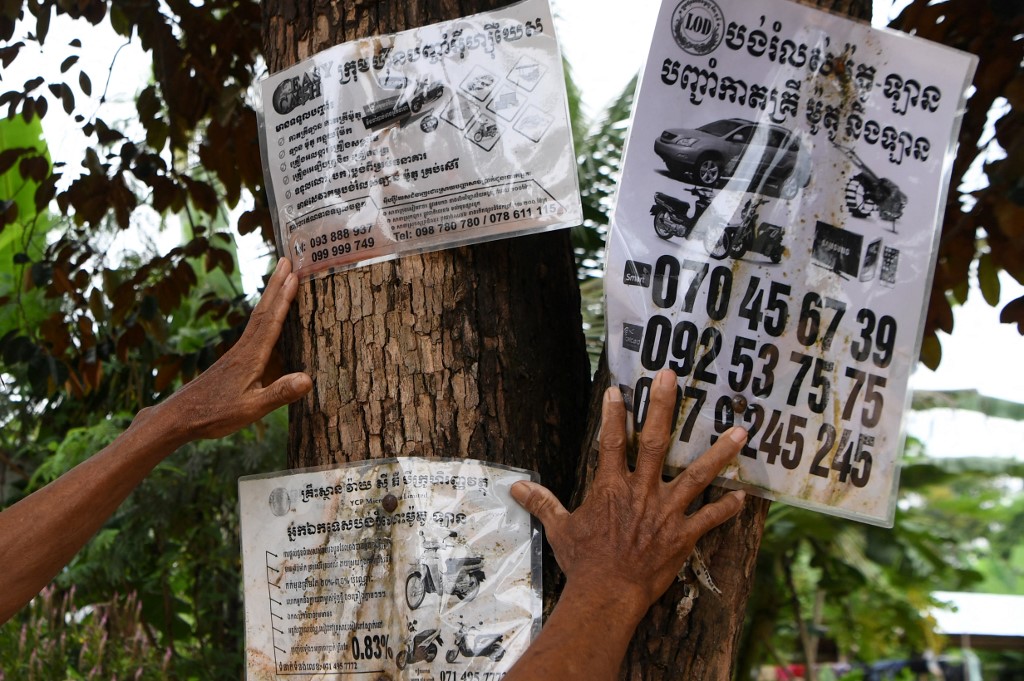
A case study for a different kind of tourism might lie in another kingdom – this one far from Southeast Asia on the eastern edge of the Himalayas.
The Kingdom of Bhutan takes pride in its tourism model that revolves around the principles of exclusivity and sustainability. Despite being considered a tourist hotspot due to its well-protected cultural heritage and natural attractions, the small nation does not welcome mass tourism as most developing countries are doing.
Bhutan consistently adheres to the “High Value, Low Volume” tourism policy that is based on sustainability principles. On the government’s website, this approach means “tourism must be environmentally and ecologically friendly, socially and culturally acceptable and economically viable”.
To achieve this, the government sets a minimum fee of $200 ($250 during peak seasons) daily packages for every licensed Bhutanese tour operator, covering accommodation, meals, transportation, camping equipment, and trekking tours. The package also includes a $65 Sustainable Development Fee, which authorities invest back into conservation and preservation projects. This approach minimises environmental impact by limiting the number of tourists, generates considerable income, and ensures that the local community can benefit from the industry.
As previously mentioned, tourism can also undermine local culture and identity, but that was not the case for Bhutan. Begging, theft and sex tourism that generally emerge in tourist destinations are not present, according to one study by Canada’s Humber College.
Of course, Bhutan’s tourism model is not perfect. Because tourists from India, Bangladesh, and the Maldives are exempt from the daily tariff and are not required to have a local guide, the nation was criticised for exchanging its high-quality tourism model for diplomatic interests. Yet, it demonstrates that there are alternatives to the current model of “quantity over quality”.
Perhaps the best form of teaching is rooted in a tourism policy that truly respects our history and culture rather than reducing them to a product put on display to entertain foreigners
Siem Reap is obviously not Bhutan, and we should not aspire to become a copy-and-paste version. However, the province has tremendous potential to be developed as a high-quality tourist destination with some level of exclusivity. Following this model domestic tourists could still be welcome, especially during the holiday seasons, authorities could also impose a quota on the number of foreign visitors entering the city and historical sites.
Independent travellers could still be allowed to explore Siem Reap, but strict oversight would be imposed on group travellers who buy tour packages from travel agencies. In addition to setting a minimum fee for all tour packages, authorities could also set a clearer standard to ensure a high-quality experience and guarantee benefits for local communities. In turn, the government might allocate some of the collected revenue to invest back in education and social programmes.
Siem Reap is already going in the right direction of banning casinos and the sex industry, but these prohibitions must be strictly enforced with regulations on businesses that generally enable the drug and sex trades. Instead, the province could be promoted as a sacred ground for historical and cultural immersion, as well as a sanctuary for healing and wellness.
Drastic change comes with noteworthy trade-offs. Hotels, guest houses, tour operators, and tour guides would also bear the costs of the reduced number of tourists. However, if they can improve the quality of their services, they can charge higher amounts. Thus, this policy calls for more intervention from the government in providing financial and technical assistance to small business owners and workers in the tourism sector to provide high-quality experience or to reskill them to support other sectors.
Cambodians are always taught to be proud of our long-standing heritage, but perhaps the best form of teaching is rooted in a tourism policy that truly respects our history and culture rather than reducing them to a product put on display to entertain foreigners.
Darlin Nay is a lecturer at the Royal University of Phnom Penh and a researcher at Phnom Penh-based think tank Future Forum.
